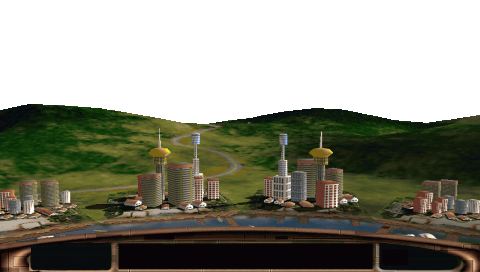
The player wins when the yellow bar is completely empty and the missile hits the André target.Īn André target can be found in the end of the minigame. The yellow bar represents the remaining distance to reach the target, that slowly gets reduced as long as the player survives in the tunnels. If the missile gets destroyed by hitting anything, the player loses the minigame immediately. The red bar represents the missile's health. The tunnels contain obstacles like fans with gaps, intact fans, spinning areas and curved tunnels that the player must avoid in order to reach the end of the tunnels which displays a target with André's portrait. The main goal is to guide the Shock Rocket combat fatigue's missile, controlled by the player, and survive until the end of the path. This minigame takes place in an artificial tunnel, probably in the Hoodlum Headquarters. It is unlocked by earning 100,000 points. Players found it very difficult to look at the panel, figure out what information they needed, then go back to the screen – it was like closing your eyes for a few seconds in the middle of all the mayhem going on.Missile Command is the sixth of the nine minigames which can be unlocked and played in every version of Rayman 3.

However, during the field testing, the universal feedback was that it was nothing more than a distraction. It was an imposing piece of design, that played into the immersive nature of the subject matter. This large panel was lit with incandescent bulbs and was intended to inform the player of the status of their game at any point. So, a nice idea in theory, and one that creates an interesting backstory, but did players really need it? What did it add to the core of the game? The answer as it turned out, was “not much”.īut perhaps the biggest U-turn, was the removal of the huge attract panel from the prototype version of the game. Theurer himself references this whole idea at the foot of the play area as being a ‘dynamic ecosystem’, where the cities were making the missiles, the railroads were transporting those missiles from the cities to the bases to restock them and so if one of those things got taken out, your ability to defend yourself was severely compromised. But it quickly became clear that having large parts of the display literally disappear as the radar swept across the screen was far from practical.Įarly brainstorming sessions threw up a multitude of other ideas that on paper sounded interesting, but ultimately had to be left out of the final game: The suggestion of players interfacing the game through a radar screen was actually implemented early in development by the two young programmers. The proposal was that this gameplay environment would be represented as a radar display. The initial brief from their boss, Steve Calfee, described a scenario where the player protects bases along the Californian coastline from an onslaught on enemy missiles. Here are a few features originally intended to form part of Missile Command that ultimately ended up on the cutting room floor.

Ideas were programmed, tested and then would live or die depending on feedback from colleagues and players. Creating Missile Command was something of a journey. In creating the original coin operated version of Missile Command, its programmers Dave Theurer and Rich Adam would ultimately leave a great deal out of the finished product.

As the Guinness world record holder on Missile Command, Tony shares some insight into the challenges faced by Atari when creating this iconic arcade title. Beaurpere, commander, Special Operations Joint Task Force-Operation Inherent Resolve, Operation Inherent Resolve, Kuwait, to deputy commanding general (operations), U.S. Tony Temple is the creator and owner of and author of Missile Commander: A journey to the top of an arcade classic.


 0 kommentar(er)
0 kommentar(er)
